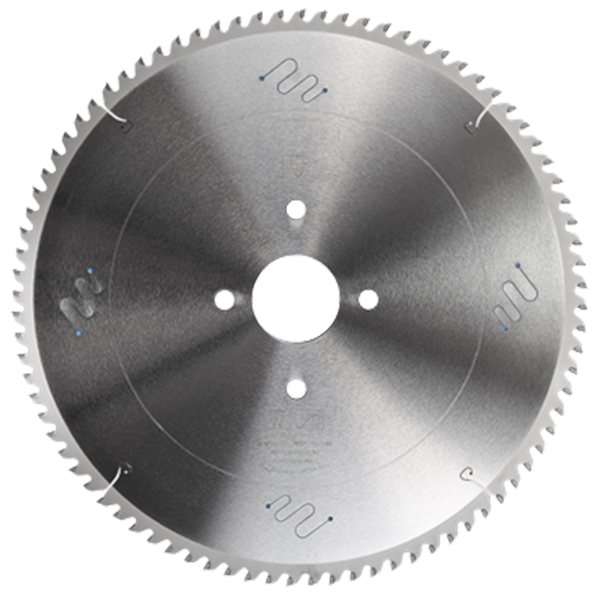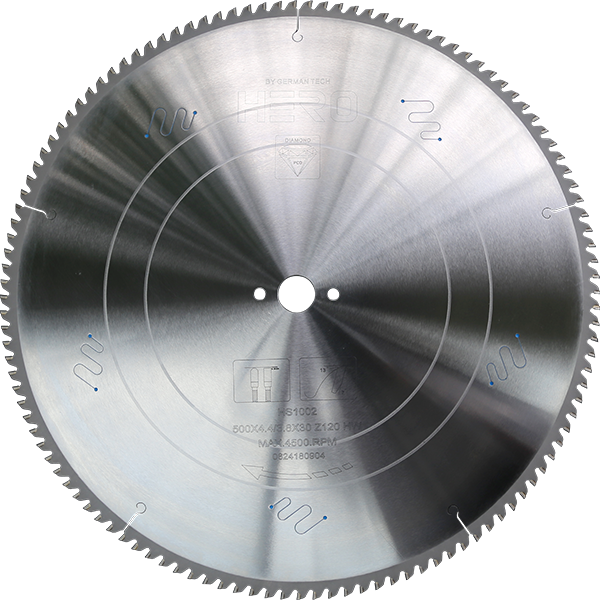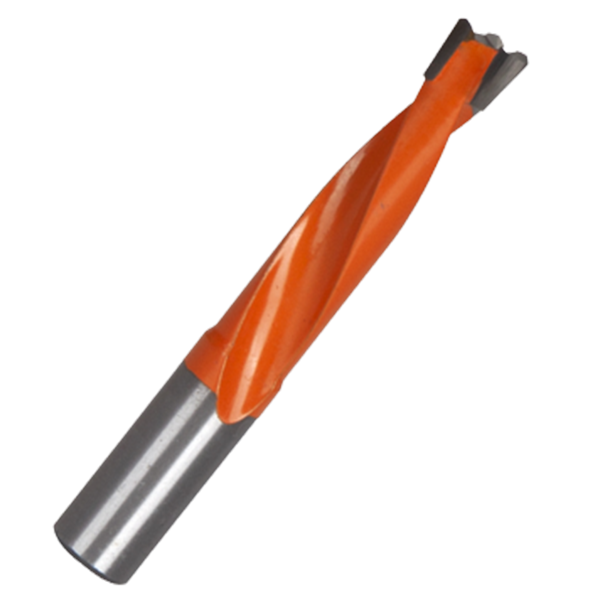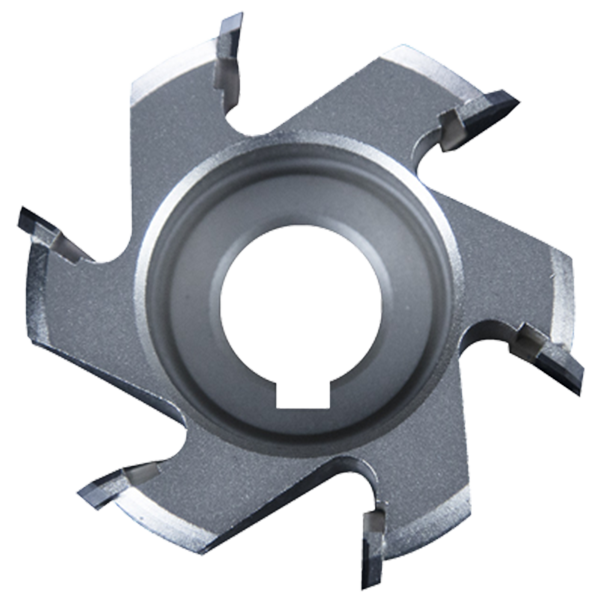introduction
Welcome to our guide on choosing the right router bit for your woodworking
A router bit is a cutting tool used with a router, a power tool commonly used in woodworking. Router bits are designed to apply precise profiles to the edge of a board.
They come in a variety of shapes and sizes, each designed to produce a specific type of cut or profile. Some common types of router bits include straight, chamfer, round-over, and others.
So what are their specific types? and what problems may arise during use?
This guide will unravel the essential components of a router bit – the shank, the blade, and the carbide – providing insights into their roles and significance
Table of Contents
-
Brief Introduction of Router Bit
-
Types of Router Bit
-
How to choose the router bit
-
FAQ &Reasons
-
Conclusion
Brief introduction of Router Bit
1.1 Introduction to Essential Woodworking Tools
Router bits are designed to serve three primary functions: To create wood joints, to plunge into the center of a piece for grooves or inlays, and to shape the edges of wood.
Routers are versatile tools for hollowing out an area in wood.
The set up includes an air or electric driven router, a cutting tool often referred to as a router bit, and a guide template. Also the router can be fixed to a table or connected to radial arms which can be controlled more easily.
A router bit is a cutting tool used with a router, a power tool commonly used in woodworking. Router bits are designed to apply precise profiles to the edge of a board.
Bits also differ by the diameter of their shank, with 1⁄2-inch, 12 mm, 10 mm, 3⁄8-inch, 8 mm and 1⁄4-inch and 6 mm shanks (ordered from thickest to thinnest) being the most common.
Half-inch bits cost more but, being stiffer, are less prone to vibration (giving smoother cuts) and are less likely to break than the smaller sizes. Care must be taken to ensure the bit shank and router collet sizes match exactly. Failure to do so can cause permanent damage to either or both and can lead to the dangerous situation of the bit coming out of the collet during operation.
Many routers come with removable collets for the popular shank sizes (in the US 1⁄2 in and 1⁄4 in, in Great Britain 1⁄2 in, 8 mm and 1⁄4 in, and metric sizes in Europe—although in the United States the 3⁄8 in and 8 mm sizes are often only available for an extra cost).
Many modern routers allow the speed of the bit’s rotation to be varied. A slower rotation allows bits of larger cutting diameter to be used safely. Typical speeds range from 8,000 to 30,000 rpm.
Types of Router Bit
In this part we will focus on the types of router bits from different aspects.
The following are the more conventional styles.
But for cutting different materials and wanting to produce other effects, customized router bits can solve the above problems very well.
the most commonly used router bits are generally used for grooving, joinery, or rounding over edges.
Classification BY material
Generally, they are classified as either high-speed steel (HSS) or carbide-tipped, however some recent innovations such as solid carbide bits provide even more variety for specialized tasks.
Classification By Use
Shape Router Bit:(Profiles made)
Woodworking modeling refers to making wood into items with specific shapes and structures through wood processing and carving techniques, such as furniture, sculptures, etc.
Pay attention to structural design and surface treatment, and pursue artistic expression to produce wooden objects with unique shapes and beautiful effects.
Cutting material: (Straight router bit type)
Generally speaking, it refers to the processing of raw materials and raw materials.
Before you start making your wood products, cut the wood to the appropriate size. The process usually involves measuring, marking and cutting. The purpose of cutting is to ensure that the dimensions of the lumber meet the design requirements so that it will fit accurately during assembly.
The role of the router bit here is specifically for cutting. Cutting router bits for cutting
Classification by handle diameter
Big handle, small handle. Mainly refers to the diameter of the product itself
Classification by processing function
According to the processing method, it can be divided into two categories: with bearings and without bearings. The bearing is equivalent to a rotating master that limits cutting. Due to its limitation, the cutting edges on both sides of the gong cutter rely on it for trimming and shaping processing.
Bits without bearings generally have a cutting edge at the bottom, which can be used to cut and engrave patterns in the middle of wood, so it is also called a carving router bit.
How to Choose The Router Bit
Components (taking a router with bearings as an example)
Shank , blade body,carbide,bearing
The bearingless router bit consists of three parts: shank, cutter body and carbide.
Mark:
A distinctive feature of router bits is the series of characters typically found on the handle.
For instance, the marking "1/2 x6x20"deciphers into the shank diameter, blade diameter, and blade length respectively.
Through this logo, we can know the specific size information of the router bit.
Best Router Cutter Choices for Different Types of Wood
Different types of wood require different types of router bits, depending on the wood's hardness, grain, and final carving or finishing requirements.
Selection and Application of Softwood
Router selection: For softwood, a straight-edge router is recommended because it can remove material quickly and effectively, resulting in a smooth surface.
Note: Avoid choosing tools that are too sharp to avoid excessive cutting on softwood and affecting the engraving effect.
Special Router Bits for Hardwood:
Router cutter choice: For hardwood, it’s best to choose a router cutter with a cutting edge and strong alloy support to ensure stability while cutting.
Note: Avoid using knives that are too rough as they can mark hardwood or damage the grain.
By choosing the right router bit based on the characteristics of the wood, you can maximize your work efficiency and ensure the best results during carving and finishing.
Machine
Using the machine:The machine speed reaches tens of thousands of revolutions per minute.
It is mostly used in floor engraving machines (tool handle facing down, counterclockwise rotation), hanging routers (tool handle facing upward, clockwise rotation), portable engraving machines and trimming machines, and computer engraving machines, CNC machining centers, etc.
FAQ &Reasons
Chips, carbide breakage or falling off, cutter body tip breakage,
Processing workpiece paste, large swing and loud noise
-
Chip -
Carbide breakage or falling off -
Cutter body tip breakage -
Processing workpiece paste -
large swing and loud noise
Chip
-
Encountering hard objects during transportation -
The alloy is too brittle -
Man-made damage
Carbide breakage or falling off
-
Encountering hard objects during processing -
Man-made damage -
The welding temperature is too high or the welding is weak -
There are impurities on the welding surface
Cutter body tip breakage
-
Too fast -
Tool passivation -
Encountering hard objects during processing -
Unreasonable design (usually occurs on custom router bits) -
Man-made damage
Processing workpiece paste
-
The tool angle is small -
The blade body is wiped. -
Tools are severely passivated -
The glue content or oil content of the processing board is too heavy
large Swing and Loud Noise
-
Unbalanced dynamic balance -
The tool used is too high and the outer diameter is too large. -
The handle and the knife body are not concentric
Conclusion
In this Router Bit Choose Guide, we dive into the key aspects of selecting, using and caring for router bits, with the goal of providing practical guidance and advice for woodworking enthusiasts.
As a sharp tool in the field of woodworking, the performance of the router bit directly affects the success or failure of the project.
By understanding the role of the shank, body, alloy and other components, as well as interpreting the markings on router bits, we can more accurately select the right tool for different projects.
Koocut Tools provide cutting tools for you.
If your needs it, please do not hesitate to contact us.
Partner with us to maximize your revenue and expand your business in your country!
Post time: Dec-13-2023








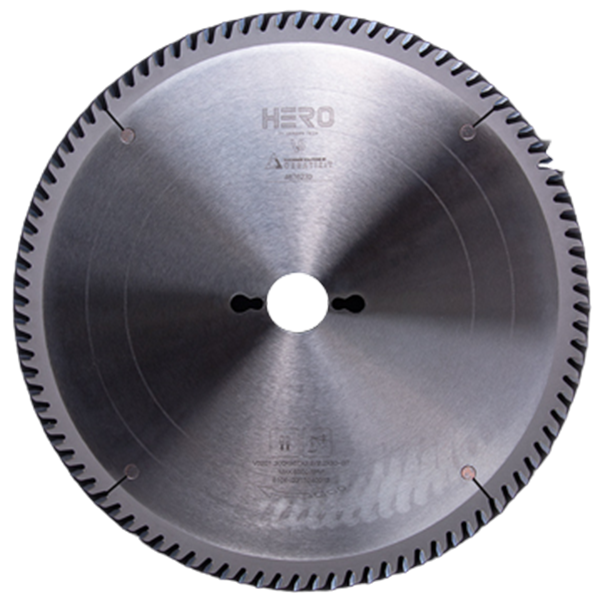 TCT Saw Blade
TCT Saw Blade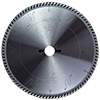 HERO Sizing Saw Blade
HERO Sizing Saw Blade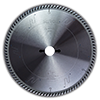 HERO Panel Sizing Saw
HERO Panel Sizing Saw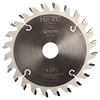 HERO Scoring Saw Blade
HERO Scoring Saw Blade HERO Solid Wood Saw Blade
HERO Solid Wood Saw Blade HERO Aluminum Saw
HERO Aluminum Saw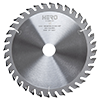 Grooving Saw
Grooving Saw Steel Profile Saw
Steel Profile Saw Edge Bander Saw
Edge Bander Saw Acrylic Saw
Acrylic Saw PCD Saw Blade
PCD Saw Blade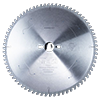 PCD Sizing Saw Blade
PCD Sizing Saw Blade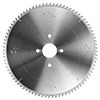 PCD Panel Sizing Saw
PCD Panel Sizing Saw PCD Scoring Saw Blade
PCD Scoring Saw Blade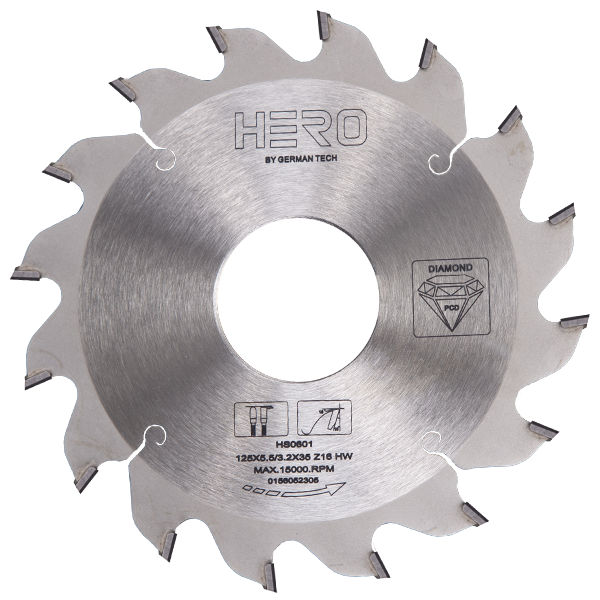 PCD Grooving Saw
PCD Grooving Saw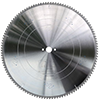 PCD Aluminum Saw
PCD Aluminum Saw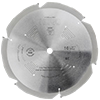 PCD Fiberboard Saw
PCD Fiberboard Saw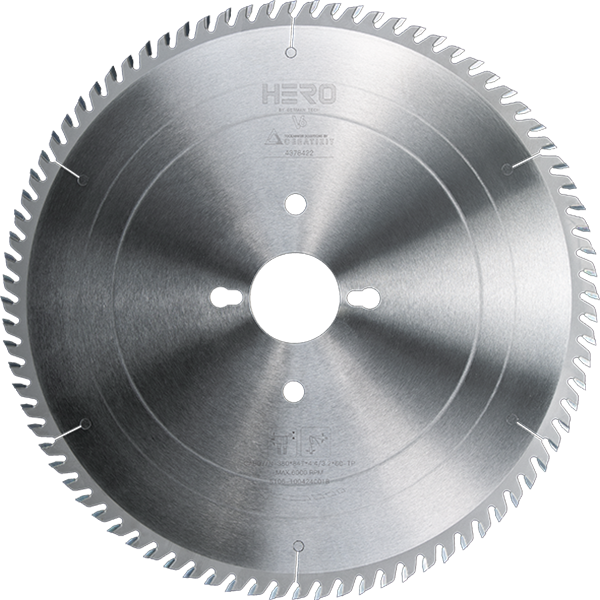 Cold Saw for Metal
Cold Saw for Metal Cold Saw Blade for Ferrous Metal
Cold Saw Blade for Ferrous Metal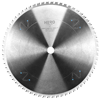 Dry Cut Saw Blade for Ferrous Metal
Dry Cut Saw Blade for Ferrous Metal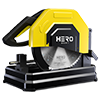 Cold Saw Machine
Cold Saw Machine Drill Bits
Drill Bits Dowel Drill Bits
Dowel Drill Bits Through Drill Bits
Through Drill Bits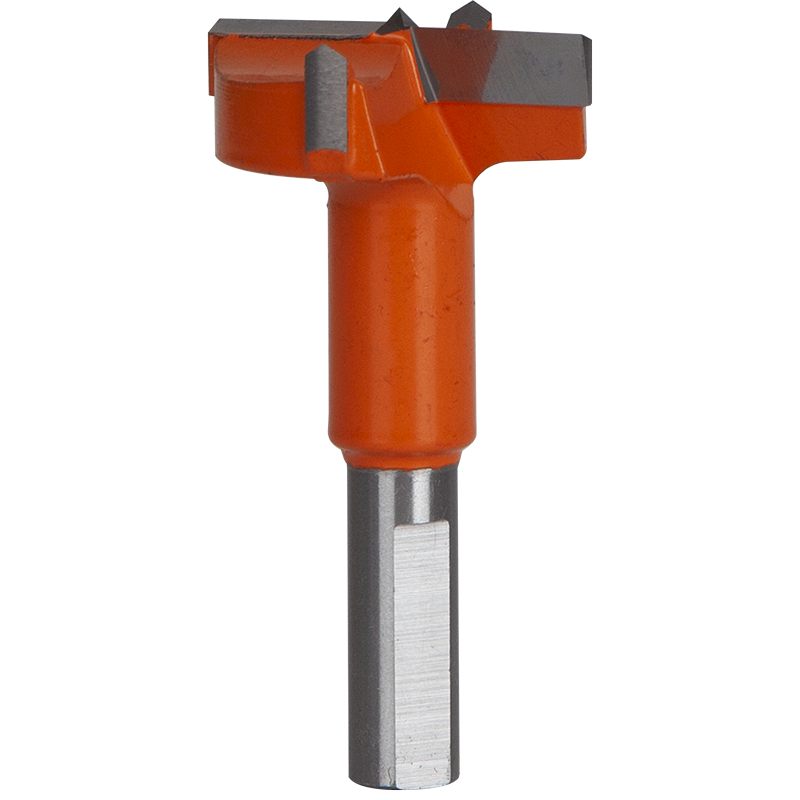 Hinge Drill Bits
Hinge Drill Bits TCT Step Drill Bits
TCT Step Drill Bits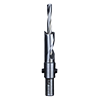 HSS Drill Bits/ Mortise Bits
HSS Drill Bits/ Mortise Bits Router Bits
Router Bits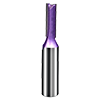 Straight Bits
Straight Bits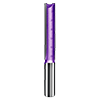 Longer Straight Bits
Longer Straight Bits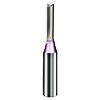 TCT Straight Bits
TCT Straight Bits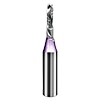 M16 Straight Bits
M16 Straight Bits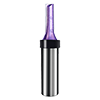 TCT X Straight Bits
TCT X Straight Bits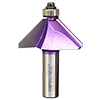 45 Degree Chamfer Bit
45 Degree Chamfer Bit Carving Bit
Carving Bit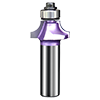 Corner Round Bit
Corner Round Bit PCD Router Bits
PCD Router Bits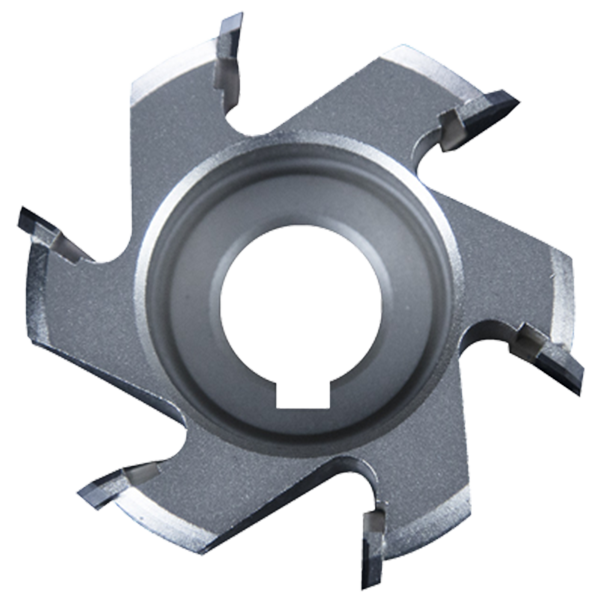 Edge Banding Tools
Edge Banding Tools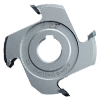 TCT Fine Trimming Cutter
TCT Fine Trimming Cutter TCT Pre Milling Cutter
TCT Pre Milling Cutter Edge Bander Saw
Edge Bander Saw PCD Fine Trimming Cutter
PCD Fine Trimming Cutter PCD Pre Milling Cutter
PCD Pre Milling Cutter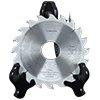 PCD Edge Bander Saw
PCD Edge Bander Saw Other Tools & Accessories
Other Tools & Accessories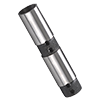 Drill Adapters
Drill Adapters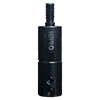 Drill Chucks
Drill Chucks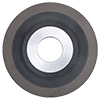 Diamond Sand Wheel
Diamond Sand Wheel Planer Knives
Planer Knives
